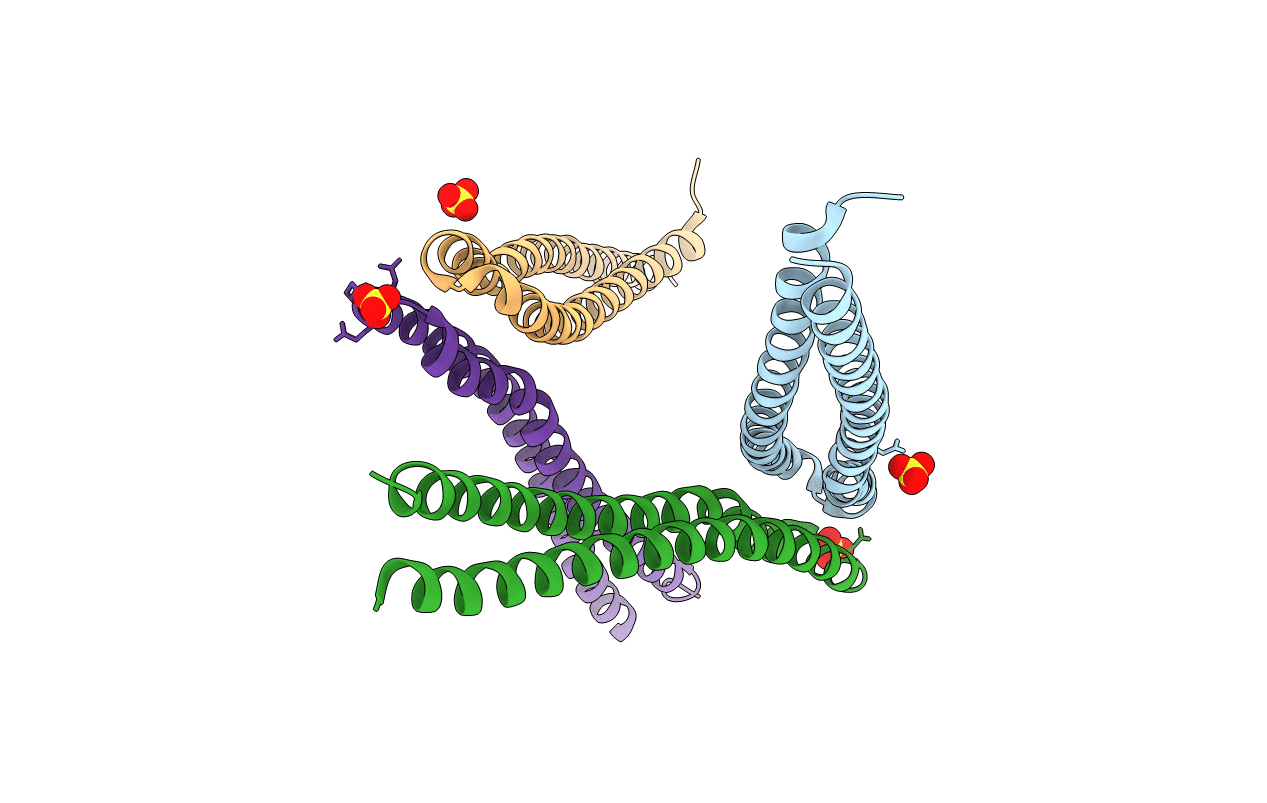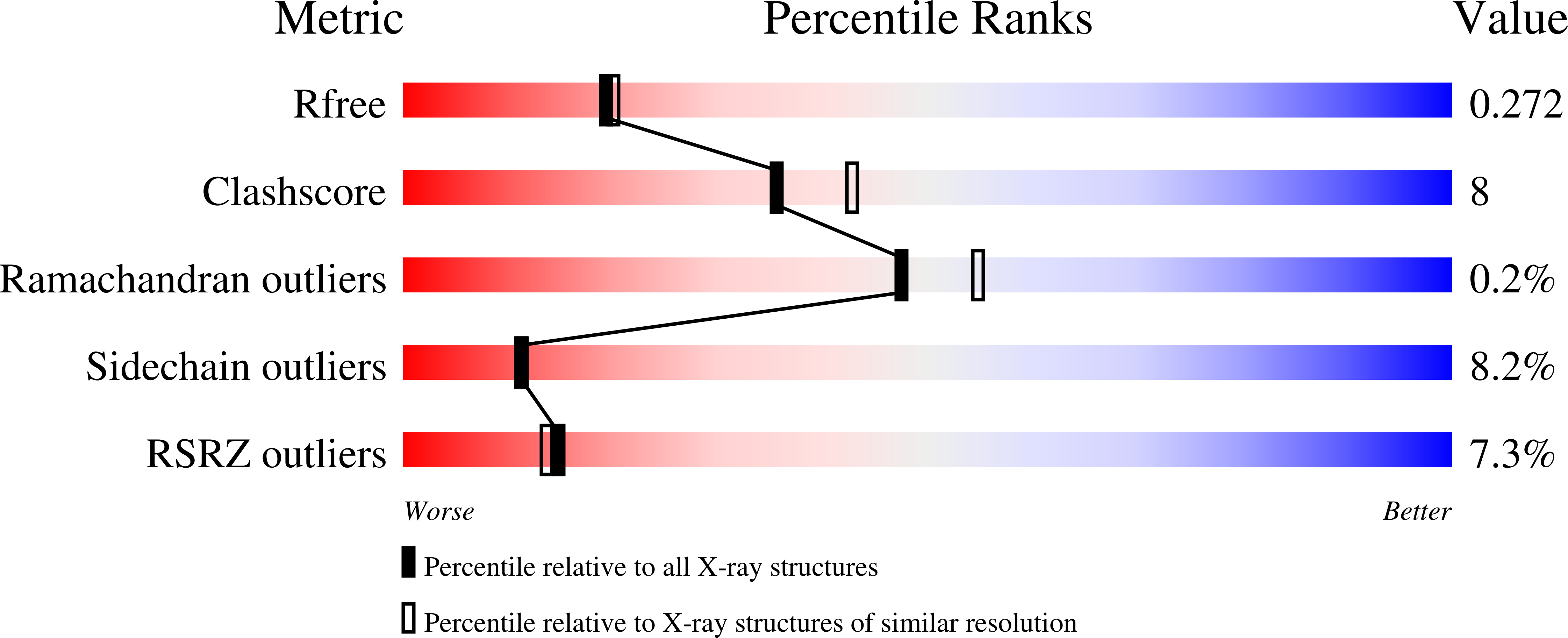
Deposition Date
2022-03-25
Release Date
2022-08-24
Last Version Date
2024-10-09
Entry Detail
Biological Source:
Source Organism:
Streptococcus intermedius (Taxon ID: 1338)
Host Organism:
Method Details:
Experimental Method:
Resolution:
2.20 Å
R-Value Free:
0.26
R-Value Work:
0.23
R-Value Observed:
0.23
Space Group:
P 31


